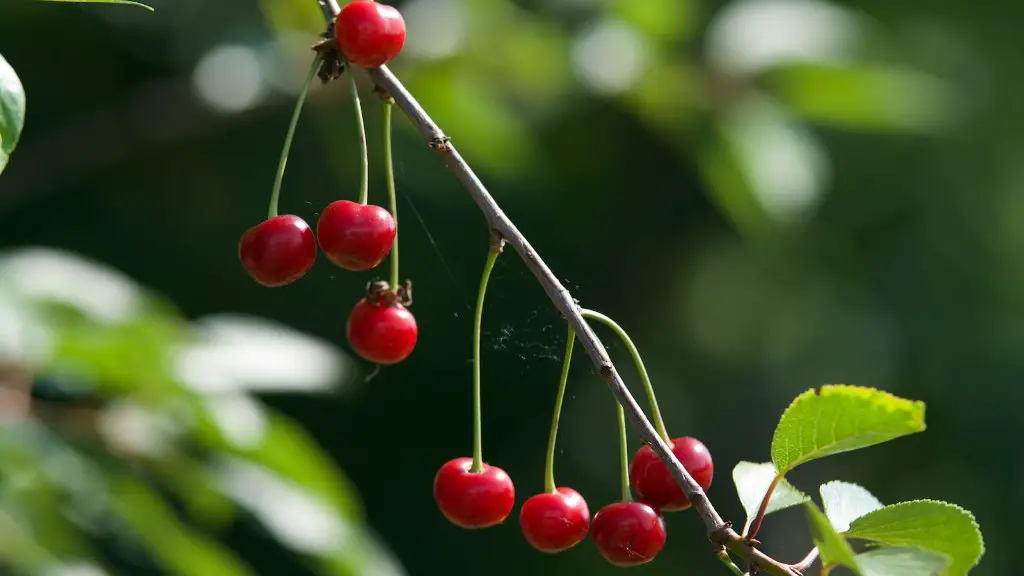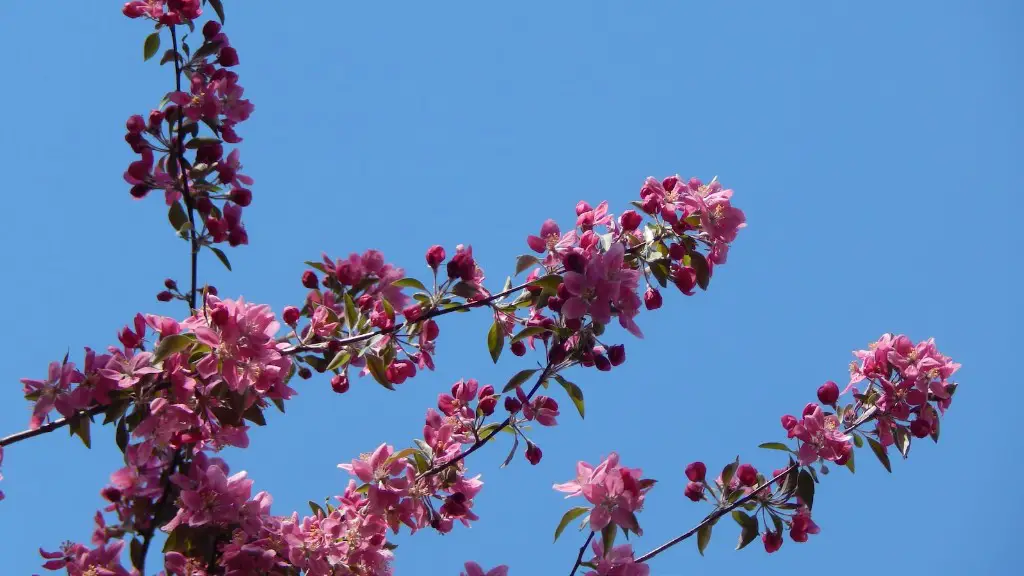How to Plant a Cherry Tree
Want to grow your own cherry trees this season? Planting and caring for a cherry tree can be easy and enjoyable, if you set yourself up for success from the beginning. Here’s a quick guide to what you need to know if you want to try your hand at planting a cherry tree.
Choosing a Tree
The first step to successful cherry tree planting is selecting a tree that is both well-suited to your location and has excellent health. The best options for cherry trees will be self-pollinating, as this eliminates the need to buy two trees. Look for an established tree that is between 1 and 3 years old and that has good-looking branches and stems. If you buy a young tree, make sure that it is healthy, without any visible signs of damage.
Preparing the Planting Area
Carefully prepare the site where you will be planting the tree. Choose an area that gets full sun and good airflow – any area that is damp or overly enclosed is not well-suited for cherry trees. Make sure you remove all weeds and grass around the planting area, and amend the soil with organic material if needed. When you are satisfied with the area, you will be ready for planting.
The Planting Process
Planting a cherry tree is actually quite simple, but it must be done with care. Begin by digging a hole twice as wide and twice as deep as the root ball. Place the root ball in the hole and spread the roots out in all directions. Next, fill in the hole with the amended soil and press down firmly. To help with water retention, use some mulch to cover the area around the cherry tree.
Caring for Your Tree
Once the tree is planted, you must provide it with plenty of TLC in order to ensure it thrives. During the first few weeks after planting, ensure that the tree is kept well-watered. Once the tree is established, watering should be regularly done in order to prevent too much moisture loss. Additionally, pruning and pest control are important steps in ensuring a healthy growth of your cherry tree.
Garden Pests
Unfortunately, garden pests can easily attack cherry trees, causing damage and reducing yields. There are a number of different pests that could affect your tree, including caterpillars, aphids and mites. If you notice any signs of pest activity, consider organic methods for prevention and removal. Additionally, providing your tree with a balanced diet, good airflow and regular pruning can help to keep pests away.
Harvesting Fruit
It may take a few years before you can expect a healthy yield of cherries from your tree. The timing of bloom and harvest depends on the variety of tree you have planted as well as your location’s climate. Generally, it takes three years for a cherry tree to produce enough fruit to harvest. During this time, you must give your tree ample nutrition and care in order for it to thrive.
Fertilizing Your Tree
Fertilizing your tree is one of the most important parts of caring for a cherry tree. It is best to fertilize throughout the growing season, from the beginning of spring through the end of summer. Choose a fertilizer that is fit for fruit trees and tailor the dosage to the size of your tree. It is also important to water the fertilizer into the soil in order to ensure it is absorbed properly.
Pruning Your Tree
Pruning is an important part of cherry tree care. It helps keep your tree’s growth in check and helps it produce healthy fruit. Pruning should be done annually, either after the harvesting season is over or during the winter months. It’s important that you know the proper techniques for pruning and only trim away the dead or excess branches.
Protecting Your Trees From Winter Damage
Cherry trees are vulnerable to winter damage, especially if they are young. To protect your tree from damage, use a protective covering such as burlap. This helps to reflect the sun’s rays and keep your tree from overheating during sunny days. Additionally, make sure your tree has enough water throughout the winter months – if possible, water the root system regularly during this time.
Preventing Disease
In order to prevent disease and ensure the health of your cherry tree, it is important that you understand the symptoms of potential diseases. Some of the most common issues to watch out for are powdery mildew, black knot disease and fire blight. If you notice any signs of disease, it is important to take immediate action in order to stop it from spreading.
Avoiding Frost Damage
If you live in an area with cold winters, it is important to be aware of your tree’s vulnerability to frost damage. Late-blooming cherry trees are especially susceptible, as frost can kill the blossoms and reduce your crop. When temperatures begin to drop, cover your tree with a floating row cover or use a lightweight blanket of straw for winter protection.
Applying Bordeaux Mixture
Bordeaux mixture is an effective fungicide for preventing and treating various cherry tree diseases. Applying it involves mixing copper sulfate and hydrated lime with water and then spraying it on the tree. Bordeaux mixture is an especially effective treatment for fire blight, as it can help to reduce the bacterial growth that can quickly spread and do a lot of damage.
Preventing Sunscald
If your cherry tree is exposed to direct and intense sunlight, it can develop sunscald – a condition in which the bark is damaged and the tree is weakened. To avoid this issue, make sure to choose a planting site that is not overly exposed to the sun. Additionally, keep an eye on the tree’s water levels and mulch around the base to help protect against sunscald.

